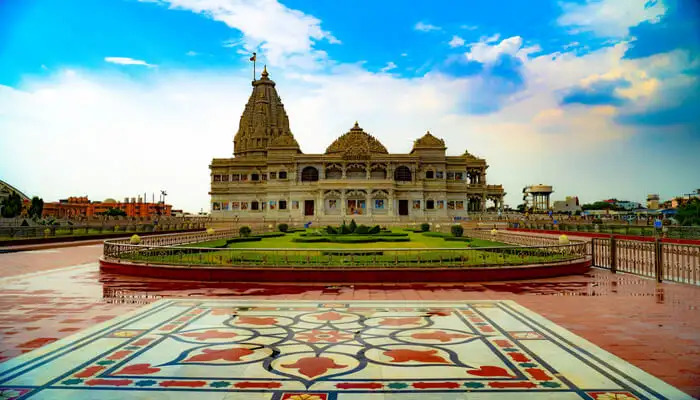Introduction
Haridwar, also spelled Hardwar, city, northwestern Uttarakhand state, northern India. Haridwar lies along the Ganges (Ganga) River, at the boundary between the Indo-Gangetic Plain (south) and the Himalayan foothills (north). It is the site of the headworks of the Ganges Canal system.
Haridwar is one of the Hindus’ seven sacred cities and a major pilgrimage site. It has many names; originally, it was known as Kapila, after the sage who once lived there. Its current name means “Door to Hari”; Hari is one of the names of Vishnu, a Hindu deity.
Most significant of the events is the Kumbha Mela, which is celebrated every 12 years in Haridwar. During the Haridwar Kumbh Mela, millions of pilgrims, devotees, and tourists congregate in Haridwar to perform ritualistic bathing on the banks of the Ganges to wash away their sins to attain moksha.
The main pilgrimage site in Haridwar is Har-ki-pauri, a bathing ghat or set of steps along the river where believers believe they can see Vishnu’s footprint imprinted in stone. A large number of pilgrims gather there each year at the start of the Hindu solar year in April; the Kumbh Mela (a Hindu religious festival) is held in Haridwar every 12 years. Another important pilgrimage site, the Daksha Mahadev temple, is located 2 miles (3 kilometers) downstream at Kankhal.
Sapta Puri
“Ayodhyā Mathurā Māyā Kāśī Kāñcī Avantikā Purī Dvārāvatī caiva saptaitā mokṣadāyikāḥ” – Garuḍa Purāṇa I XVI .14
Ayodhya, Mathura, Haridwar, Kasi, Kanchi, Avantika and Dwaraka are the seven holy places.
Note the use of the puranic name ‘Maya’ for Haridwar. As also the inter-change usage of Puri and Dwaraka.
The Garuḍa Purāṇa enumerates seven cities as the giver of Moksha. Haridwar is said to be one of the seven most holy Hindu places (=Kṣetra) in India, with Varanasi usually considered the holiest. A Kṣetra is sacred ground, a field of active power, a place where Moksha, final release can be obtained.
